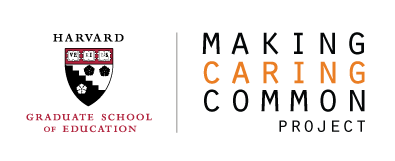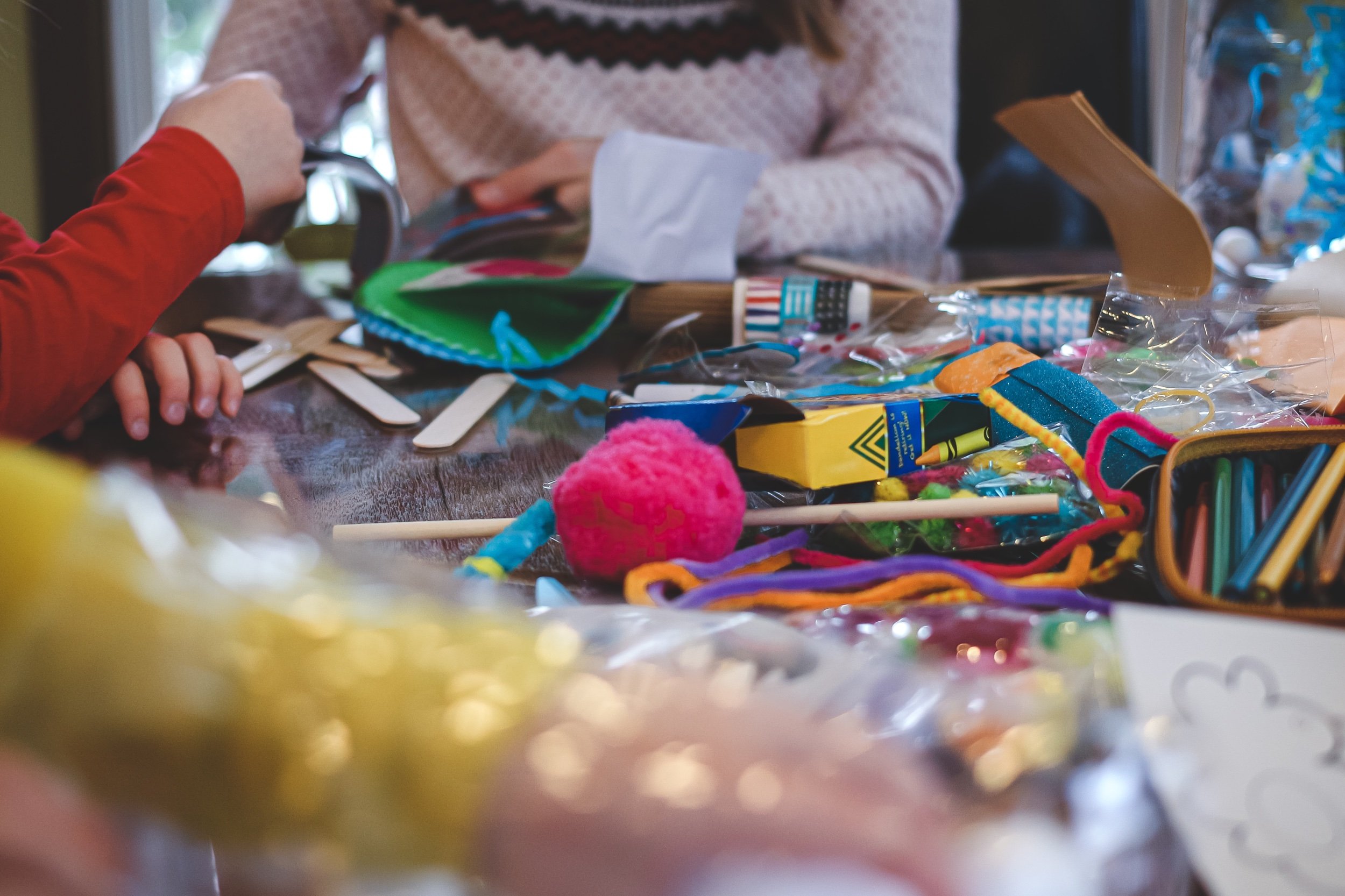5 Bullying Prevention Tips
Educators can use these low-burden tips for helping to prevent bullying and making schools more caring, respectful places.
1. Assess the School Environment
Why conduct a school survey?
Gathering information about school climate from students and staff is the best way to get an accurate picture of whether the school is caring and safe for everyone. For meaningful, lasting change to take root, it’s vital to have ongoing information about the experiences of your students and staff.
Tips for using surveys effectively
Conduct school-wide surveys 1-2 times a year. Repeat surveys later in the year to assess any progress and adjust your action plan based on results.
Surveys can be short, and conducted anonymously with students and staff.
Survey questions should include how often, when, and where bullying occurs: whether students have peers and adults they trust; whether students and staff believe the school lives up to its stated values; and whether students feel excluded or have symptoms of depression, anxiety, or loneliness.
Designate a leadership group composed of administrators, staff, parents, and students to review the data and make an action plan.
We recommend that you share the results with the entire school community to create impetus for change and to establish genuine accountability.
Finding a survey
Making Caring Common’s School Culture and Climate Survey (available through the Caring Schools Network)
National School Climate Center’s Comprehensive School Climate Inventory
2. Be Part of the Solution
All school adults—from bus drivers, to teachers, to librarians—shape the tone and norms of a school community. When adults model respectful behavior, show students that they care, respect students’ voices, and take responsibility for monitoring and effectively responding to student behavior, they create the foundation of caring and respectful communities.
Strategies for educators
Ensure that every student has a healthy relationship with at least one school adult. Research shows many benefits when students have a positive relationship with even one school adult. Students need someone that will not just tell them what to do, but will listen and provide support and guidance. It could be a teacher, counselor, or school support staff member. One way to do this is “relationship mapping” to see which students do and do not have positive, nurturing relationships with school adults.
Take the pledge: Encourage all adults to sign upstander pledges. Create a standard form for school staff to sign that says they will speak up and step in to make the school a safe place for all students. Publicly display the pledges so students will know who to go to and so that other staff will feel positive peer pressure throughout the school.
Assign adults to be in charge of monitoring places like hallways, bathrooms, and sports fields. Let’s face it, there are areas at every school where bullying is more common. Staff can be on a rotating schedule to show students that all parts of the school are monitored, to step in when necessary, and to identify and develop relationships with isolated students.
Enact effective consequences for bullying. Students should face consequences when they engage in cruel or hurtful behavior, but those consequences should teach why those actions were hurtful and should be changed. Discipline strategies should include formative consequences like requiring the student to write a letter to the victim, writing an essay about times they’ve been hurt by others and how it made them feel, or conducting a project on discrimination or the consequences of bullying.
Some schools also use a restorative justice approach, which focuses not on blame or punishment, but instead on repairing harm or injustice done to one or more members of the community. For example, this can happen through meetings in which those who have been harmed and those who have inflicted the harm talk about the incident(s), causes, and feelings, and come to resolutions about how the harm will be repaired. Restorative justice practices are driven by a core philosophy and they take time and commitment to put in place. It is vital for those leading and facilitating restorative justice efforts to have training and experience. For training, support, and additional information, visit:
International Institute for Restorative Practices (Bethlehem, PA)
Restorative Schools Vision Project (Sacramento, CA)
3. Mobilize Youth
Students are powerful agents of change. They have the most wisdom about how the social dynamics of their schools work and the most leverage with their peers. They can and should take leadership for changing social norms. But they need adults to create and encourage their leadership.
Adults set up the right conditions, facilitate students in using the solutions they develop, and help spark ideas. Adults often ask students to speak out against bullying and go against the tide. But we should also help students change the tide. This means changing social norms so that students feel respected not when they degrade other students, but when they respect and include others.
Strategies for educators
Do a “circle of concern” exercise with students. Ask students to identify who they care about at school outside of their friend group. Help students notice who is in and outside of their circle of concern. Is a new student, a student who is a loner, a teacher, or the bus driver outside their circle of concern? Why? Ask them how this could be hurtful and help them consider how to expand their circle.
Recruit students to take a leadership role in creating a more welcoming and inclusive school environment. In middle and high school, create a volunteer committee comprised of students who will work together to create a positive school community. Recruit a range of students, including those who are trusted and socially prominent. Use this committee to generate ideas and to help implement solutions. One immediate way to get started is to challenge student council to make “positive school culture for all” its main goal.
Make inclusion an expectation and eliminate common opportunities for exclusion. Don’t let students pick teams during gym class. Being picked last is an ongoing humiliation. Adults should create fair teams and make sure that teams are changed regularly so students have the experience of playing with many different peers. Supervise elementary school students to ensure everyone is included and finds playmates at recess. Also, find ways to empower students of all ages with choice and responsibility. For example, help them learn to set and enforce the rules for sports and games. In these ways they can learn social and democratic skills.
4. Build a Positive Community
Every student needs opportunities to think deeply about what it means to be caring and respectful, both as an individual and as a member of the school community. Individual or group projects are a great way to provide these opportunities and to ensure that every student—not just those in public leadership roles—is engaged.
Why conduct student projects?
When all students are required to do projects that are meaningful and applied in an ongoing way, they have opportunities to really engage with topics of caring and respect. This can lay the foundation for making these thoughts and behaviors norms and ways of living day to day.
How do adults lead the projects?
Adults should approve and facilitate projects, being sure to lead conversations with students about what they learned and how they will apply it to change their own behavior and the school at large.
Adults should provide ample time for reflection and apply the learning from these projects in an ongoing way. A one-time project isn’t going to change students’ attitudes or the school community. Optimally, the projects would occur over several weeks or the whole year. Alternatively, multiple related projects could be implemented over the year.
Project examples:
Organizing a school-wide walk through the community to observe instances of kindness and unkindness
A poetry-slam in which students explore themes of respect and community
A video project examining a specific topic like cyberbullying or homophobia
A letter-writing campaign to school staff about how they can help promote a more caring school
Conducting interviews with school or other community members that students have not previously known and sharing lessons learned about their lives and contributions to community
5. Develop Social and Emotional Skills
Students need strong social, emotional, and ethical skills in order to contribute to a caring community and treat others with respect. Students, educators, and parents all play important roles in the development of these skills, especially when the school makes concerted efforts to build them.
Strategies for educators
Adopt an evidence-based social and emotional learning (SEL) or character education program. Students are less likely to bully and be bullied—and they are more likely to be effective leaders in improving the community—when they develop social and emotional skills, including self-awareness, the ability to manage conflicts, the ability to empathize with others, and the skills to stand up for themselves and others effectively. Research indicates that students are also more likely to be more successful academically, and in life in general, when they have these skills. Make sure, though, that you use strategies that are deep and effective enough to make a difference and that they have a proven record of success. Learn how to find and use an evidence-based SEL program that is a good fit for your school.
Train all staff in the school community. Many well-intentioned adults struggle with how to manage student conflicts, build students’ social skills, and encourage a sense of responsibility for others. Many adults report wanting more training and admit to turning their backs because they just don’t know what to do. Minimal training can help, but more intensive training can make a much bigger difference. Check out these toolkits for teachers and other school staff. And once you have selected an SEL program, be sure to use that program’s training resources for staff.
Make parents your partners. Parents can be invaluable partners in preventing bullying and it’s worth the time and energy to find effective ways to engage them. It’s particularly important to help parents understand that bullying is everyone’s problem—not just kids who are being bullied—and that everyone has to be part of the solution. A good way to start is to walk parents through your bullying policy in person, either at parent-teacher conferences or at a parent meeting. Include a pact that outlines parents’ responsibilities and the school’s responsibilities, and sign it together. Send parents home with a copy of the policies and pact. Include guidance for parents on how to report bullying and cruelty to the school as well as how the school will respond.
Last reviewed October 2018.





